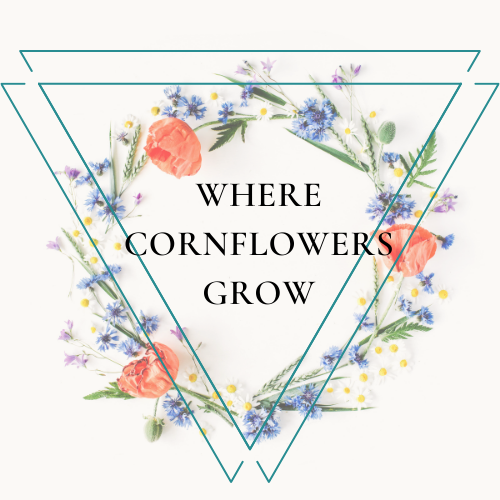How I Dry Flowers Naturally: Tips for Long-Lasting Dried Blooms
One of the questions I get asked the most is how I dry my flowers. So I thought I’d take you behind the scenes and share exactly how I dry flowers naturally — from when I harvest them to how I hang and store them for long-lasting dried arrangements.
My Natural Flower Drying Setup
I dry all my flowers using the traditional air-drying method. It’s simple, low-impact, and keeps the natural shape and colour of each bloom.
I use a wooden shed which has a window so I draw the curtains to keep it quite dark — this helps preserve colour. The space heats up nicely and has good airflow. I also use my garage when I have lots to dry. And for petals, like rose petals, I often use a hot water cupboard. It’s a bit of a patchwork system, but it works beautifully.
Flowers I Dry
· The flowers I hang up to dry include:
· Statice
· Strawflowers
· Celosia
· Hydrangea
· Paper daisies
· Eucalyptus
· Achillea (Yarrow)
· Sunflowers
· Rose
· And more
The drying season usually kicks off around October, when the statice is ready. Most flowers take about four weeks to dry properly.
Harvest Timing Is Key
Picking your flowers at the right stage is one of the most important steps in successful flower drying.
Statice should be harvested when all the tiny flower heads are fully opened. If a big rainstorm is coming, you need to cut your statice beforehand — heavy rain can completely ruin the crop and make the flowers unusable for drying.
How to Pick Strawflowers for Drying
With strawflowers, timing is also really important. The best time to pick them is when the flower heads are not fully open. I find they dry best when only about three layers of petals have opened, and the flower still feels slightly tight.
You also want to make sure the flowers are completely dry on the plant when you cut them. If they’re too open or left on the plant too long, the heads can “blow out” during drying — meaning the seeds fall out and the bloom loses its shape.
Why I Love Drying Flowers
Drying flowers naturally takes patience, timing, and a bit of trial and error. But the result is worth it: rows of beautifully preserved blooms that can be used in bouquets, wreaths, and dried flower arrangements all year round.
There’s something special about dried flowers — they hold onto the magic of the garden long after the season ends.

